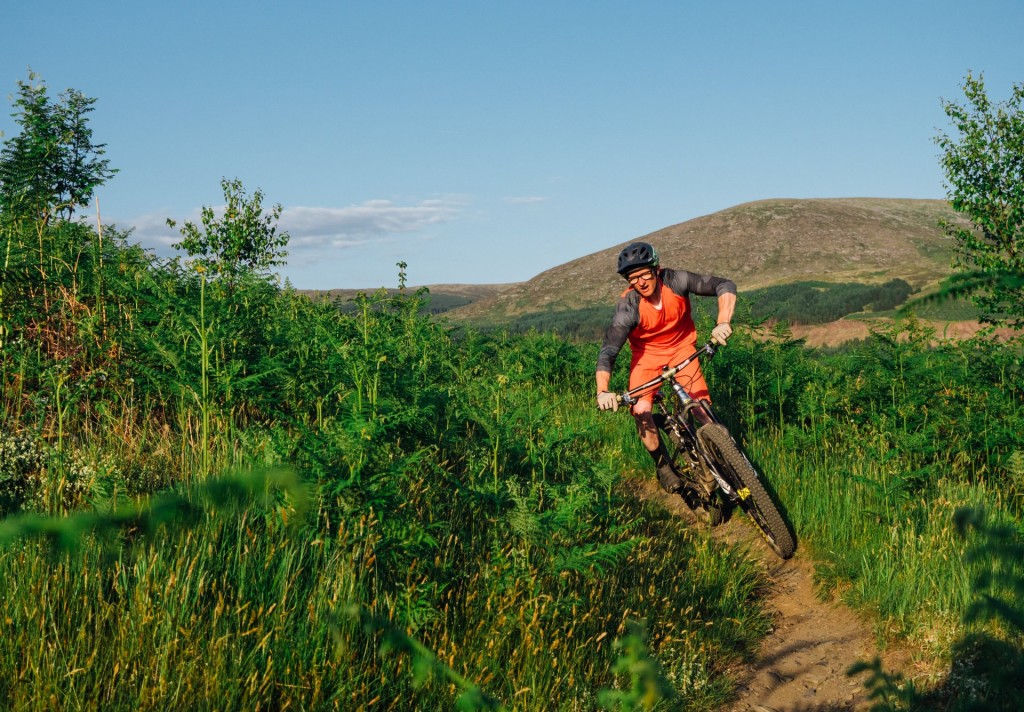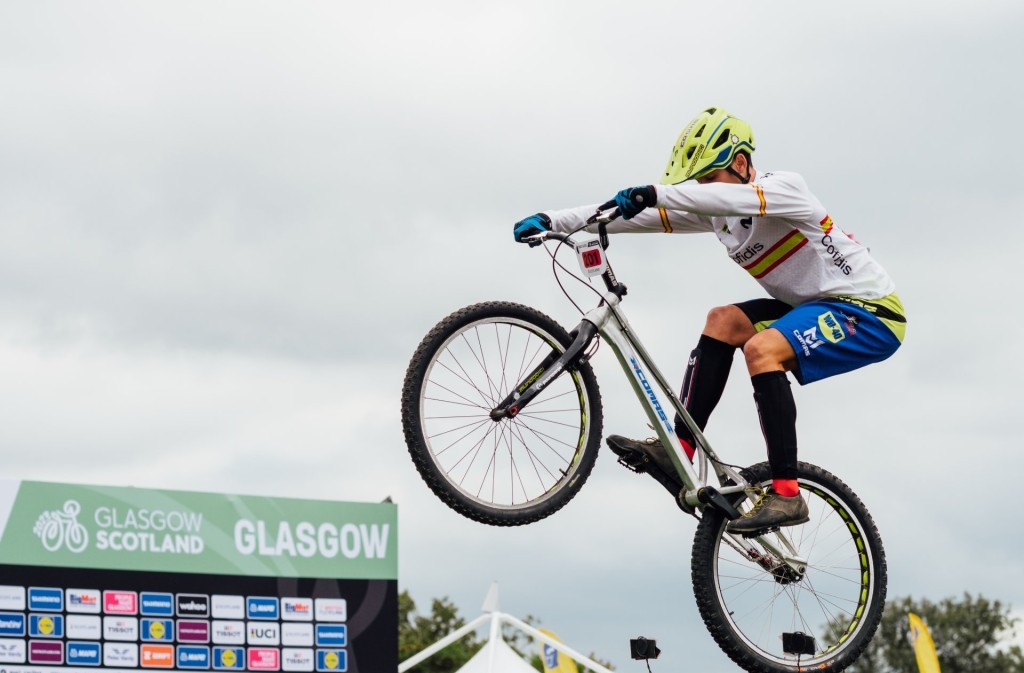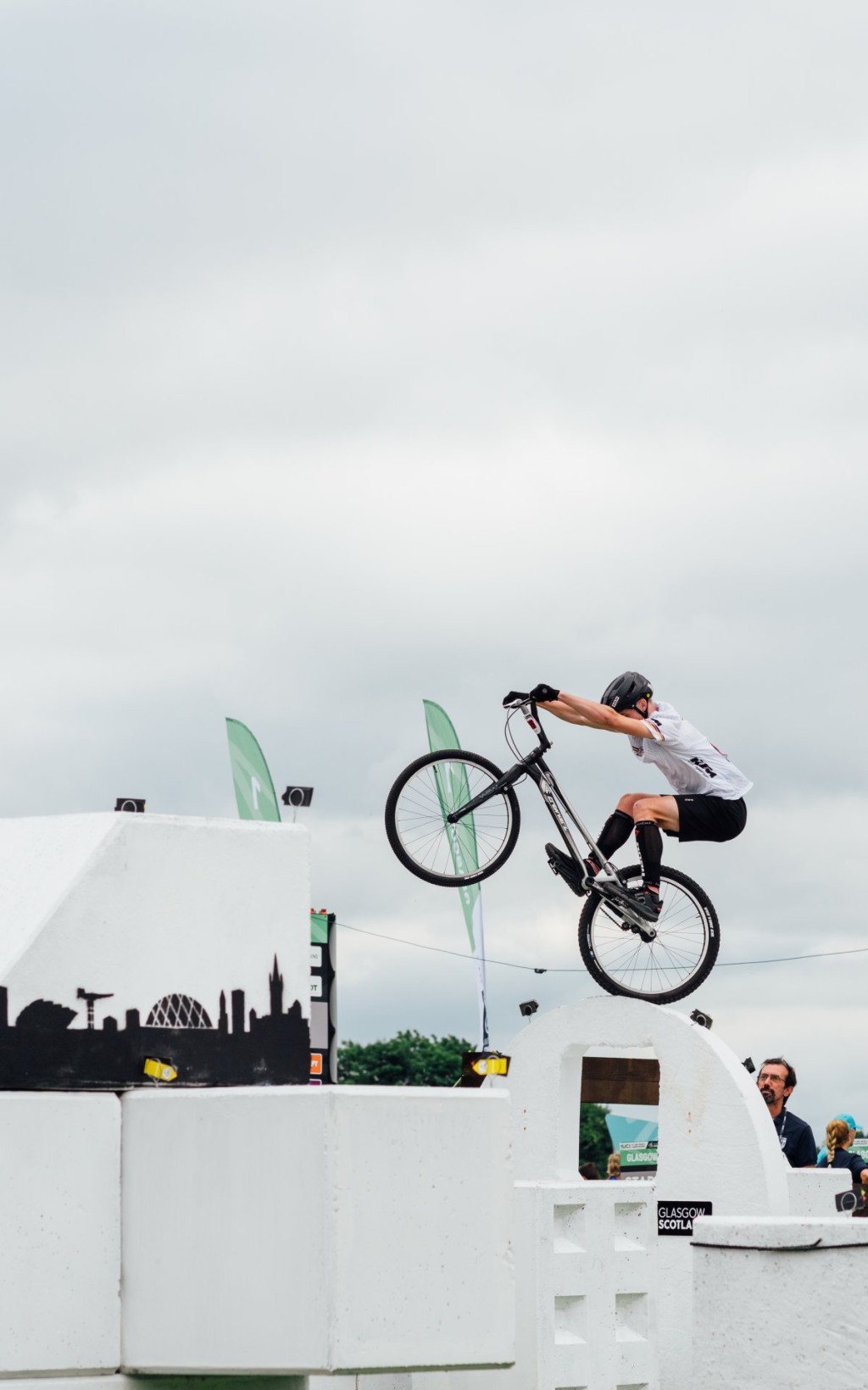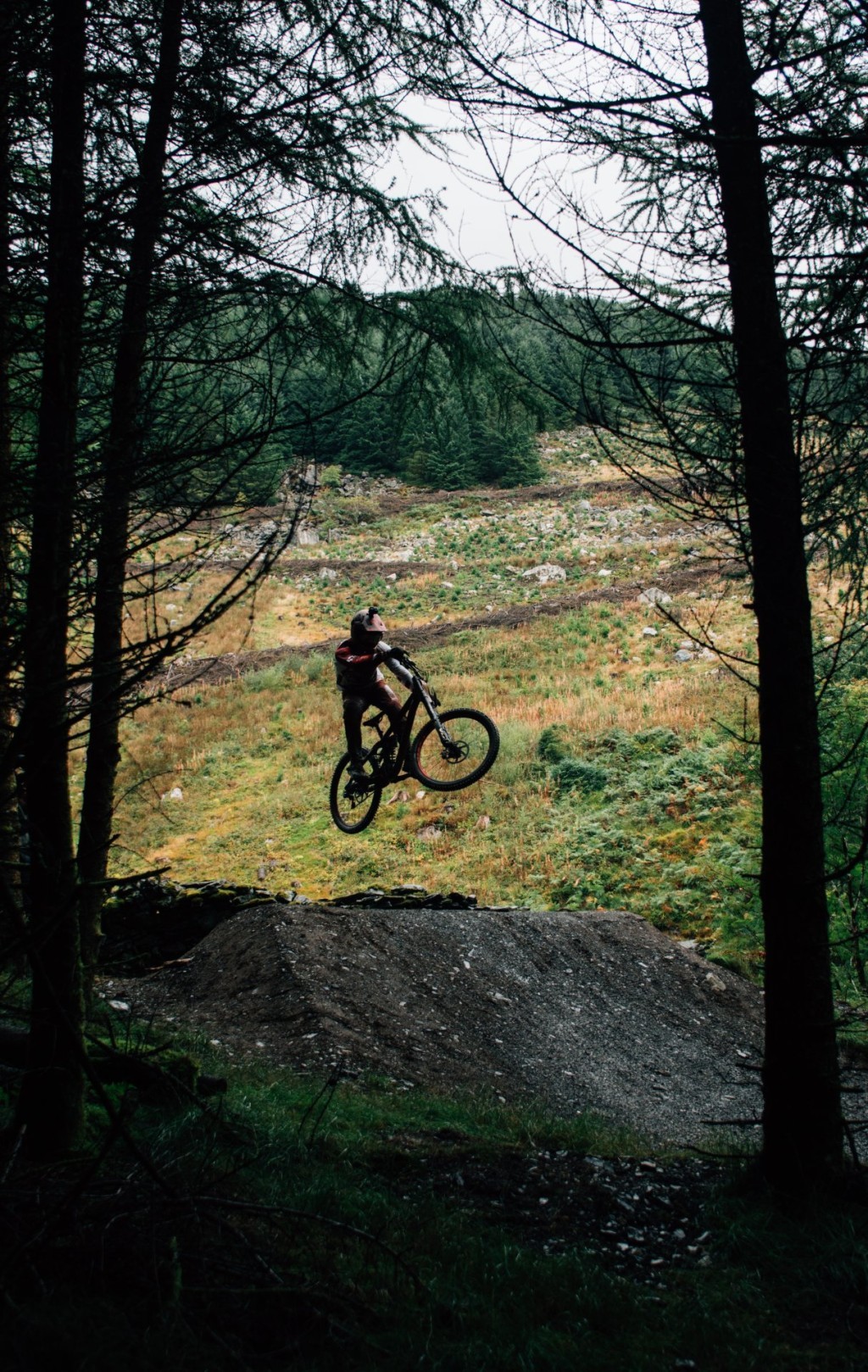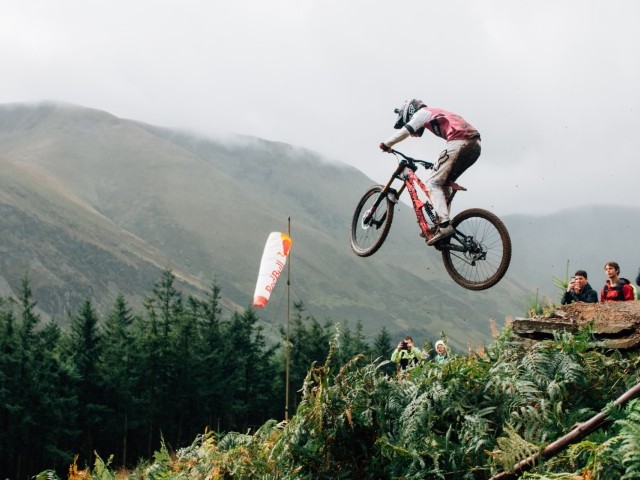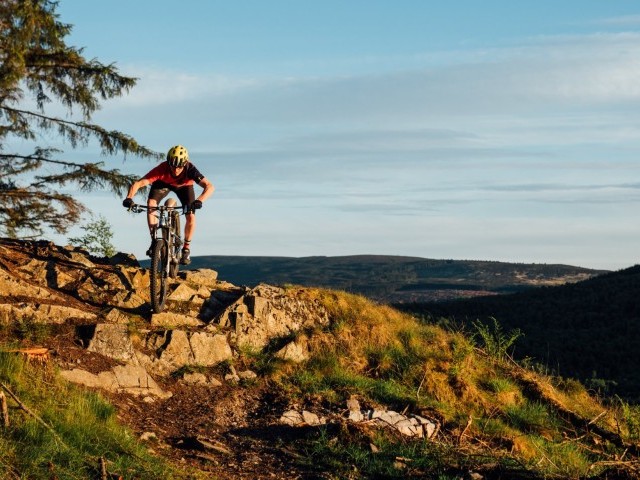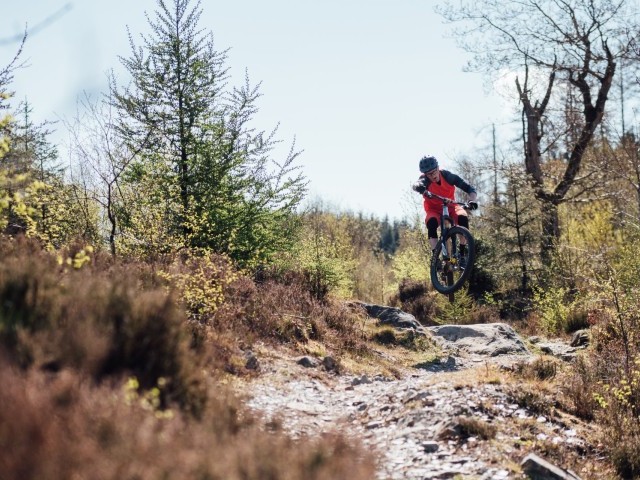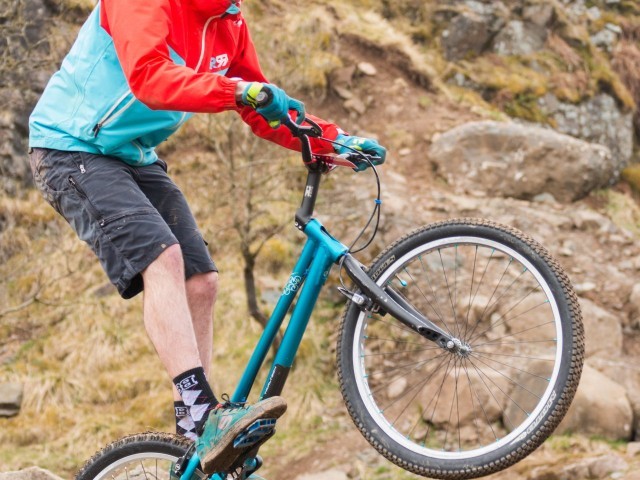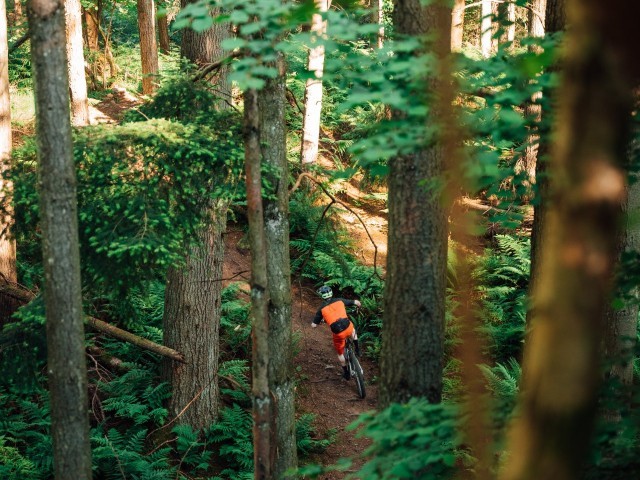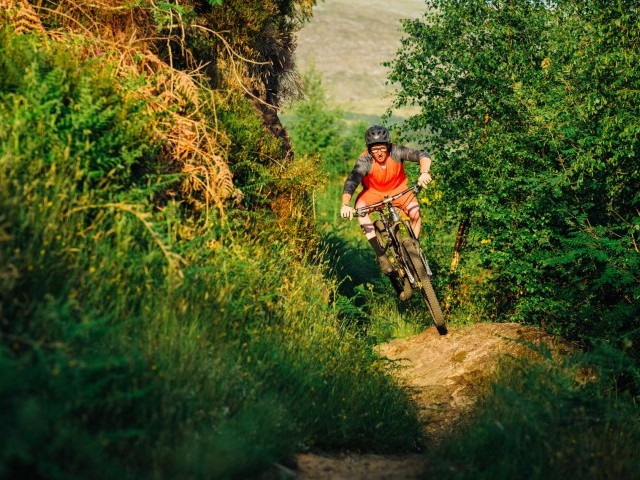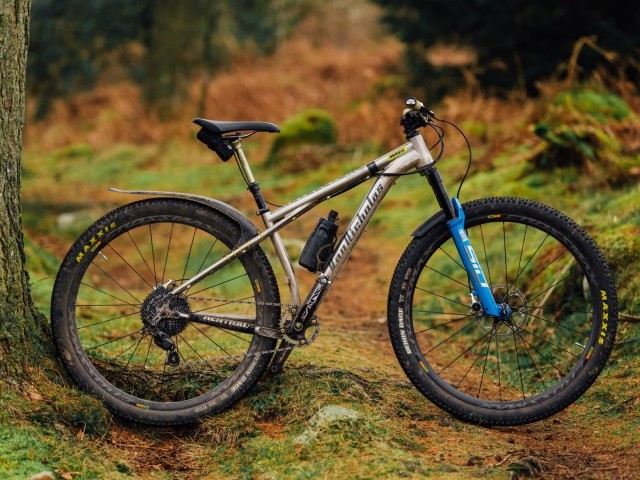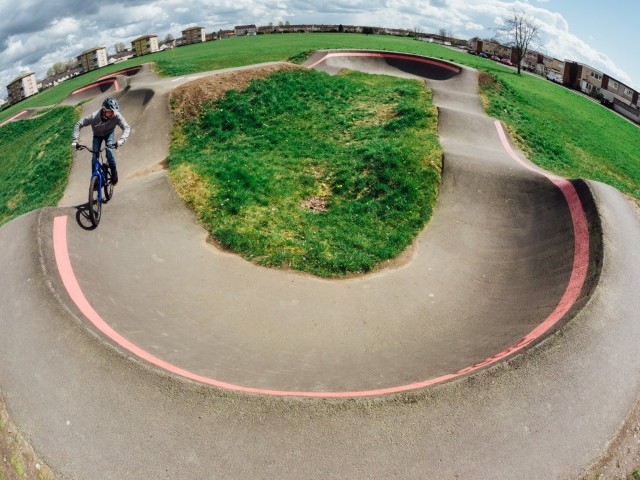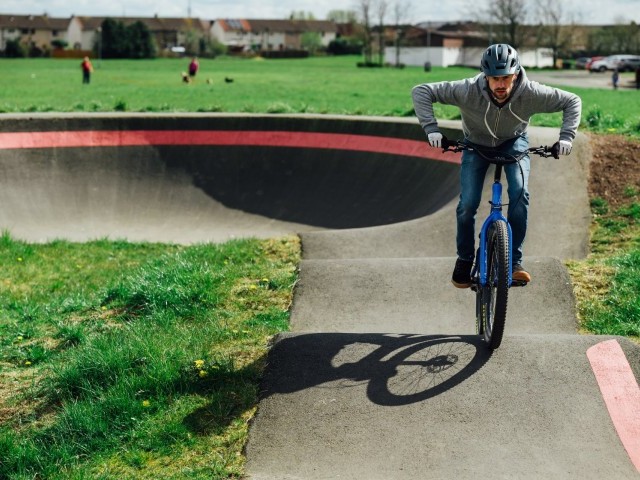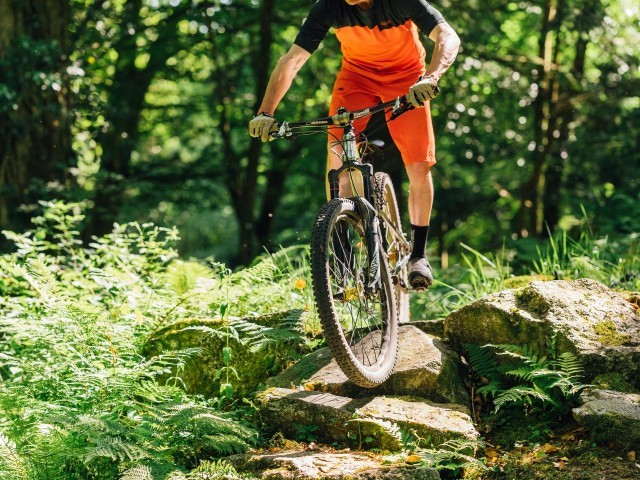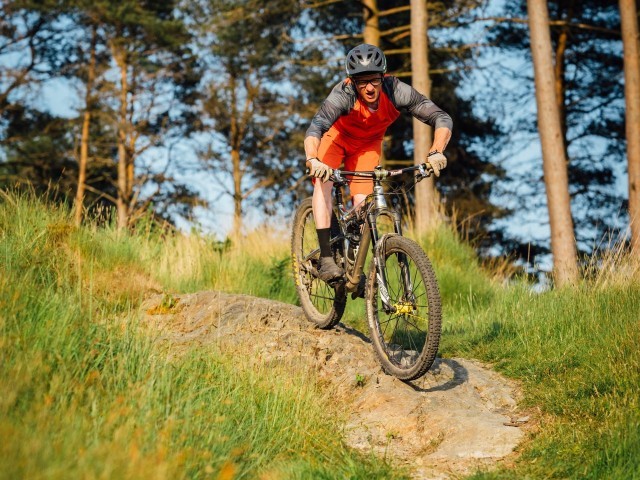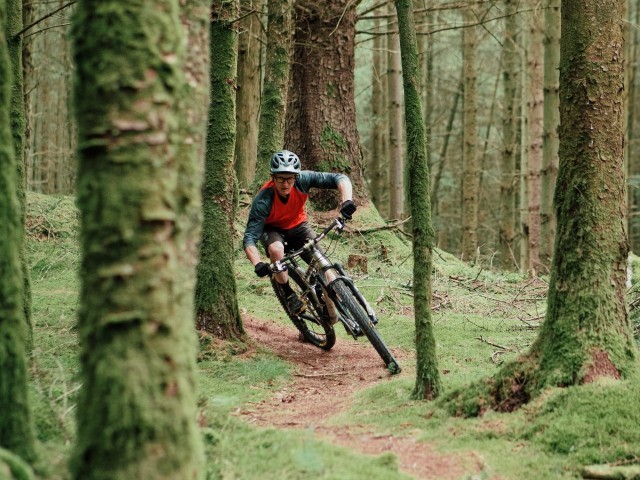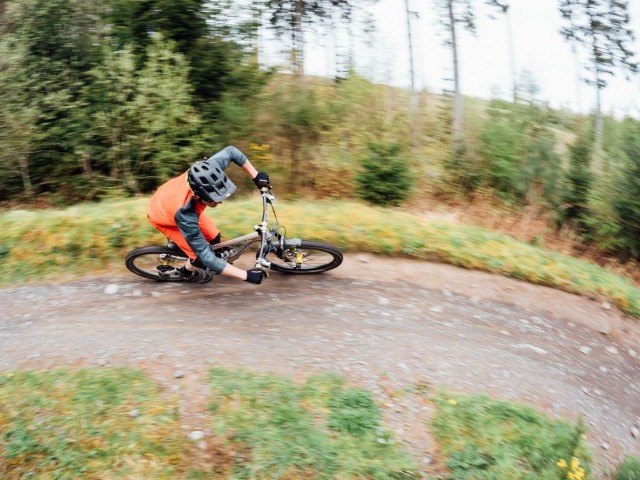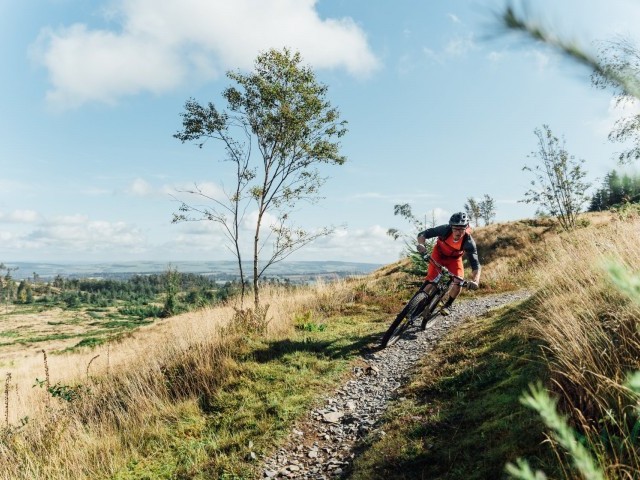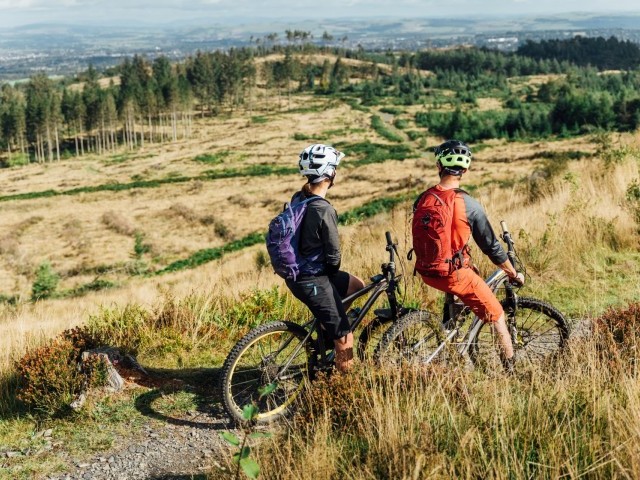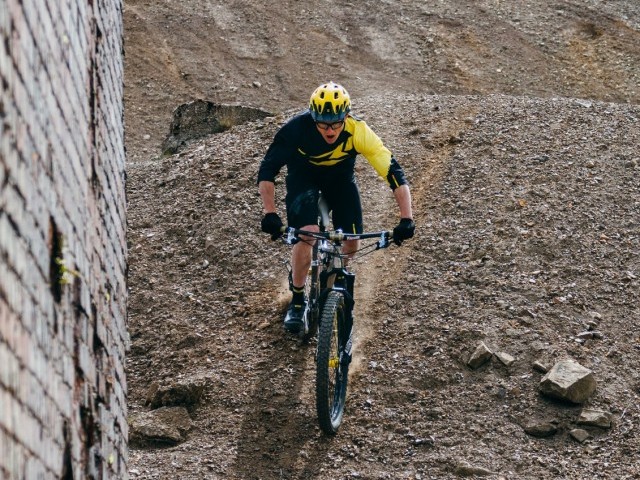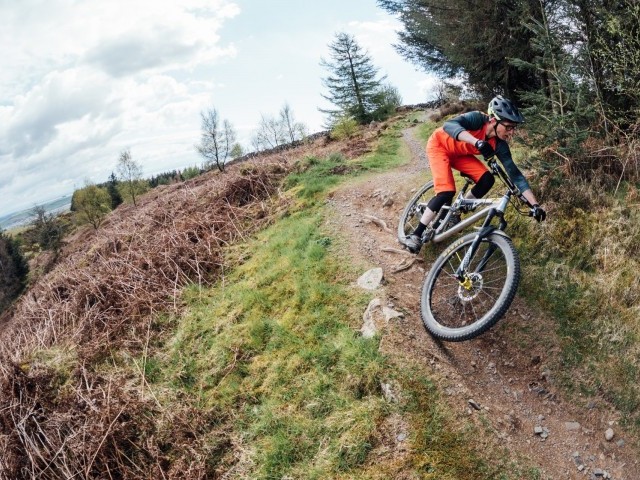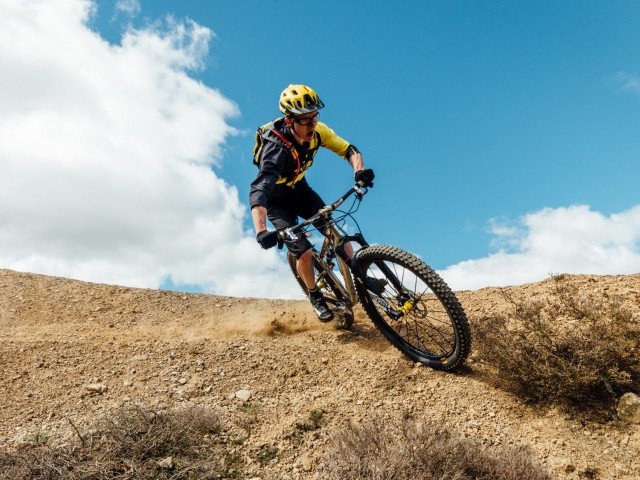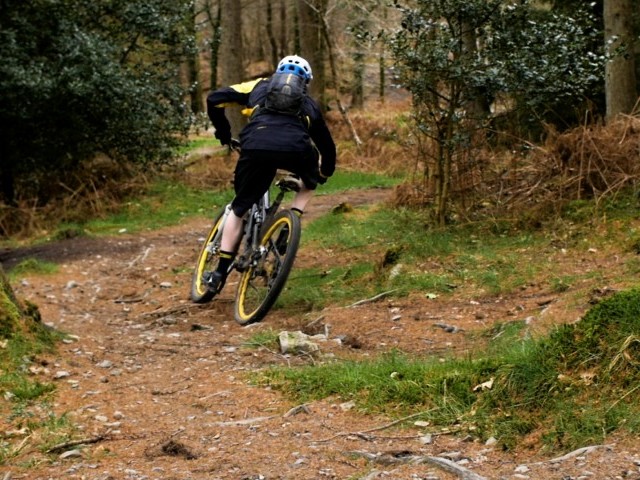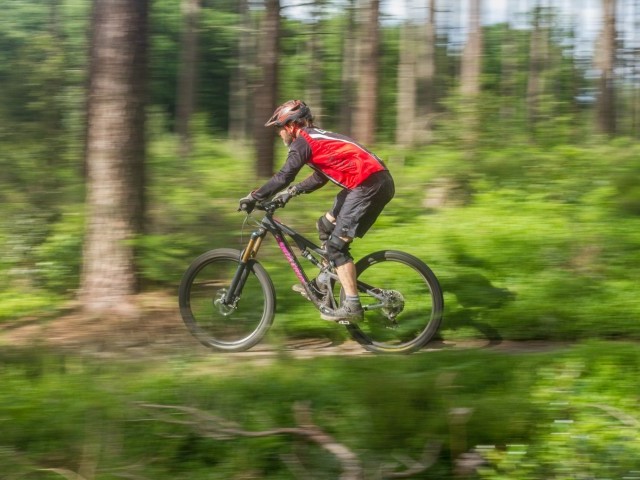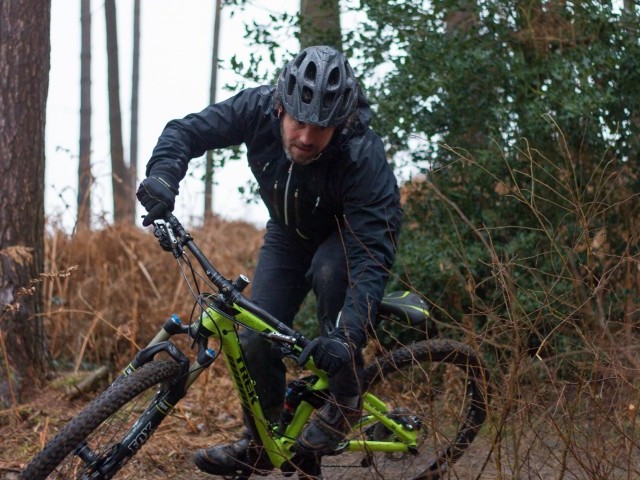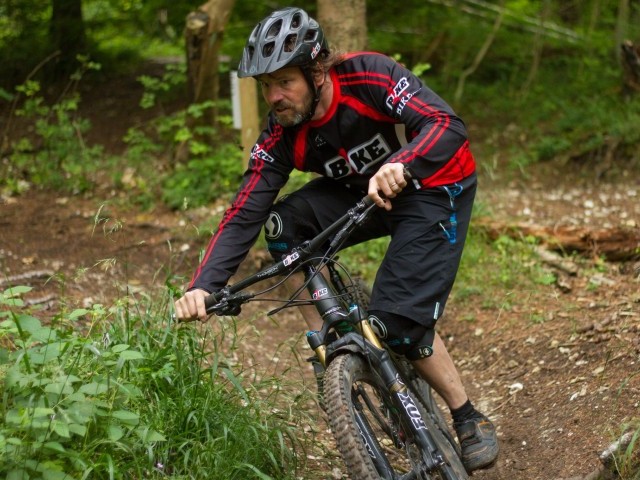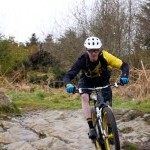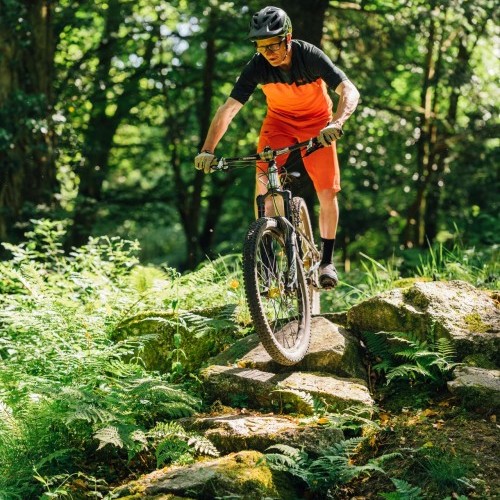
The Trade off
Technique / Psychological
Having just witnessed many disciplines at the 2023 World Cycling Championships I thought it fitting to delve into that classic British idiomatic phrase that is thrown around at such times and hopefully inspire some of you to take a moment to review your approach to your riding regime, the equipment you use and the cycling endeavours you choose. I hope you too can become inspired by the current breadth of talent and variety in our sport.
The sport of mountain biking has fragmented into so many different genres from those early formative years that it has become almost impossible to encapsulate the multitude of disciplines and styles of off-road cycling when writing a feature, especially given the fact that each one of us can be anywhere along the MTB timeline at any given moment. Many inquisitive young adopters like myself will have dabbled in pretty much every discipline and the specialist kit that goes with it, having had the gift of youth and years on my side. I'm well aware that for an old geezer, I am the exception, and not the rule. But what if you started later in the MTB timeline, or in your latter years?
The younger guns new to MTB out there may play the too cool for school card, sticking to fall-line trail and the jib life. Those of you who recently joined the sport in your midlife may not see the attraction of hitting big gap jumps or jibbing some street feature. Of course, we all take our chosen MTB discipline with a varying degree of seriousness and commitment, the hobbyist will seek pleasure over pain and marginal gain, prioritising fun over fitness. On the flip side, those who get serious between the tapes may negate the simple pleasures of a bike ride in the great outdoors, instead opting to focus on marginal gains, measured grams of carbohydrate, and enriched hydration regimes.
Regardless of when you started and your relevant levels of commitment, one thing is for sure and that is the age-old saying that variety is the spice of life. There are both riding and life lessons to be learned by going out of your comfort zone and experiencing something from over the page in the dirt cafe menu. Taking those Cycling World Championships as inspiration could translate to many things, like grabbing a cheap BMX and hitting your local track or pump track (you can even have a go at flat-land/freestyle), there will be gains to be had that improve your chosen style of MTB riding which include: flexibility, strength, aerobic fitness, cognitive function, and core stability/balance.
Maybe try a hardtail vs your regular full-suspension bike, Elite XCO rider Pauline Ferrand-Prevot made it work for her, taking an impressive victory on a course where most riders used their regular full-suspension bike. Hardtail bikes teach you to pick super precise lines, match shapes and features with increased precision whilst forcing you to use your limbs more for added suspension. The harsh ride means you have to float in the saddle more, engaging different muscles, and you will save energy on the climbs before being robbed of it in the descents. On the flip side if you are a regular rider of hardtail bikes then grab hold of a bouncy bike and point it at some rough stuff, you can take larger hits on big full suss bikes and these are akin to bench-pressing larger weights, plus the added mass that you have to pedal around will require more watts, testing the lungs and legs. After several rides, jump back on that light-speed machine to feel the real gain.
Whatever type of bike you ride you can take a leaf from the dedicated downhillers and session sections of trail, working on sections of trail or specific features engages the mind in deep concentration, all important muscle memory is gained through sessions and you inevitably get a workout in the process, you also increase the bond between bike and body. Even if you only ride in tame environments this can be beneficial, as proven by Mathieu van der Poel who fell victim to loose over hard conditions in a simple flat corner within the start loop of the men's Elite XCO race, his mistake was costly and he was out of the competition before it really began. MVDP also nearly lost the World Championship road race for sliding out in a corner in the final lap, perhaps his commitment to the road robbed him of essential MTB time on the bike and contributed to the outcomeIt is well documented that mistakes often happen in easy terrain and places of familiarity, all too often in these scenarios we let our guard down.
Another stand-out discipline for big skills win from the Cycling World Champs was the trials competition, trials can be done on pretty much any mountain bike and with minimal fuss, from a roadside curb to a log in the woods, many features in our surrounding environments can offer a chance to create an awkward riding scenario where we have to engage balance, gear selection, braking, footwork, body position, and coordinated movements to pass through a section. You will also have to be creative when it comes to making mountains out of molehills, visualising a million variations over a drain lid or white line helps tune the eyes and brain into making creative line choices on the trail. Trials riding can even benefit those who prefer to cover greater distances like Austria's Mona Mitterwallner and Brazil's Henrique Avancini, both of whom took the coveted World Champion rainbow jersey in the Marathon XC race at Glentress in the Tweed Valley. Trials riding engages the fast twitch muscle fibers and increased tendon strength, your core strength will also improve as a result of a trials workout. The outcome on the trail is that you save energy in rougher and more technical terrain, this can then be used for forward progression and contributes to your overall endurance fitness.
Each and every MTB discipline can be enhanced by dipping a toe in the water of the other neighbouring MTB disciplines, beyond the overarching discipline itself we can look at the kit we use for our chosen type of riding. From the support equipment in the pit area to the clothing and gear we take out onto the trails with us. Having enough stuff to keep you rolling is imperative, no one wants that walk of shame back through the car park with a broken chain or flat tyre. That said, there is no need to carry an excessive amount of gear for a ride where you are no more than a few km away from your start point. The sport has come a long way from the days of the ‘Cool Tool’ and Cosmic Trail frame bag (get using that internet search engine on those names if you missed the 90s), we now have lightweight, well-engineered versions of those early concepts. By using that racers marginal gains tactic you can simplify your kit and shave off all important weight, this can help you ride further and faster, and the knock-on effect is a more comfortable feeling on the bike. Of course, there are trade-offs, it may take a little trial and error, but combined with that internet searching and forum chatting you can whittle down the options and optimise your gear accordingly.
From tools and spares on the bike we can look at our clothing also, slimming down the early 00’s baggy shorts and jerseys will help reduce drag and save energy, the feeling of light and fast also enters the mind and you will have that spring in your step vibe as you ride. Opting for lightweight jackets that pack down small will help reduce bulk in bags and packs, specific garments may cost a bit more but there are always end-of-line and last-season deals to be had on the interwebs. A huge thing that is overlooked by the hobbyist is footwear, understandably so when you look at the wide variety of options and marketing BS out there. We all have limited reserves of energy and produce a figure for max power and sustained power - measured in watts. In real terms that equates to how far we go and how fast we go there (or how broken we feel in the pub after a winters slog in the hills). Our legs obviously do a huge amount of that work, the thighs carry a lot of blood through them which has to be cleansed and refuelled by the other vital organs. Those weights that house our feet need a fair amount of watts to be lifted up and propelled around, just think about how many times your foot drives down on the pedal and then needs lifting back up! If we shave weight off this crucial area then the legs can spin more freely allowing you to go further and or faster, it may be that you no longer fall asleep in your local area after that well-earned Sunday roast.
We got to this monumental moment in MTB time and history thanks to a pioneer spirit, driven by people with inquisitive natures who weren’t afraid to go beyond the next hill or engineer the metal and composites into strange arrangements. Riders and racers alike stuck their necks out and gave it a go, first and foremost they did it for themselves, but in doing so they answered that ultimate hucking question - “Does it Go?” No one knew until someone flew, those free riding dirt jumping stair senders paved the way for you to follow, they gave you the answer - “Yer, it Goes”, and “Yes, it can be done!”
Whatever we do regarding our equipment, time, energy and money will inevitably have compromises. Sometimes the sacrifices can be worth it, only you can judge what is right for you. I do hope you get inspired to get out of your comfort zone and cross over into other disciplines.
You can watch replay action from the Cycling World Championships online through various portals, some of which will require subscriptions for full-length coverage of events. Or alternatively, you can just get out and ride. Keep on keeping on folks, continue to work on those all-important skills, and do join us next time as we delve into more MTB madness. Power to ya pedals.
This technique article was in Issue 77 of IMB.
Related
By Clive Forth
Clive Forth is a rider who has been there, done that, got the t-shirt and cleaned his bike with it. He has grown with the UK scene and technological developments for the last 30 years and has competed at all levels in all disciplines riding for some prestigious brands along the way. Always looking for that extra edge with endless passion and drive he is geared up to bring you the inside line on all aspects of mountain biking skills and technique.



